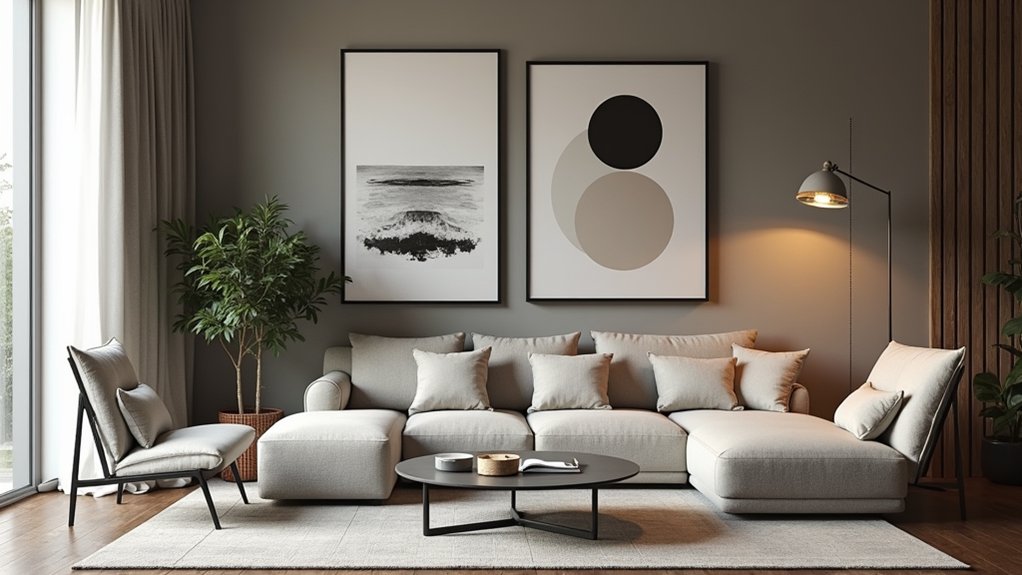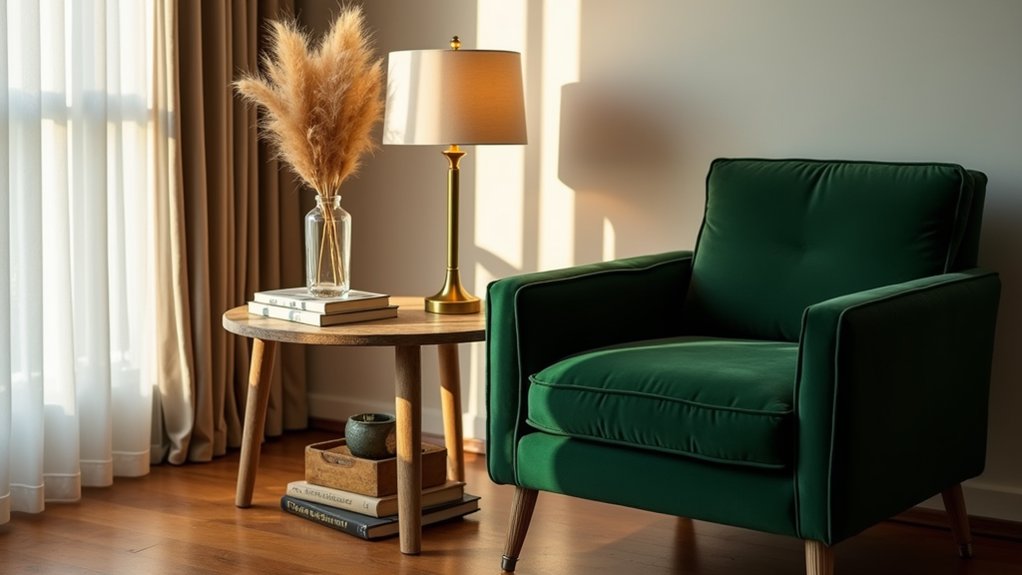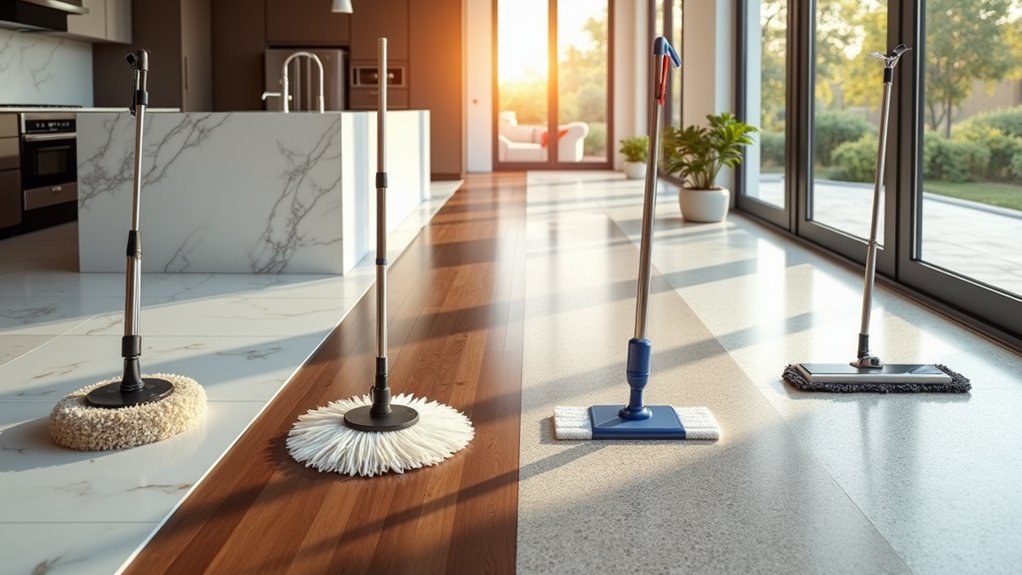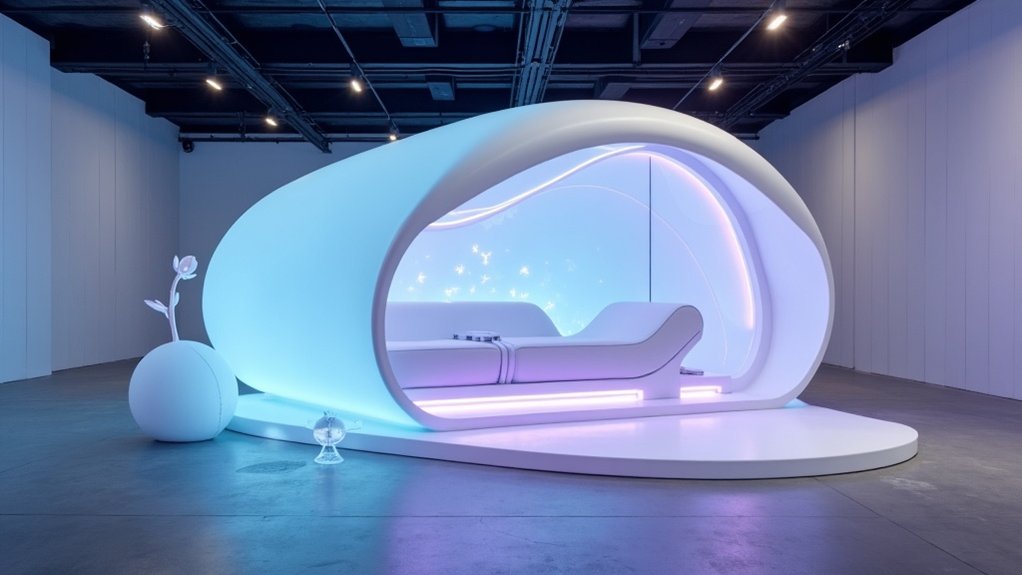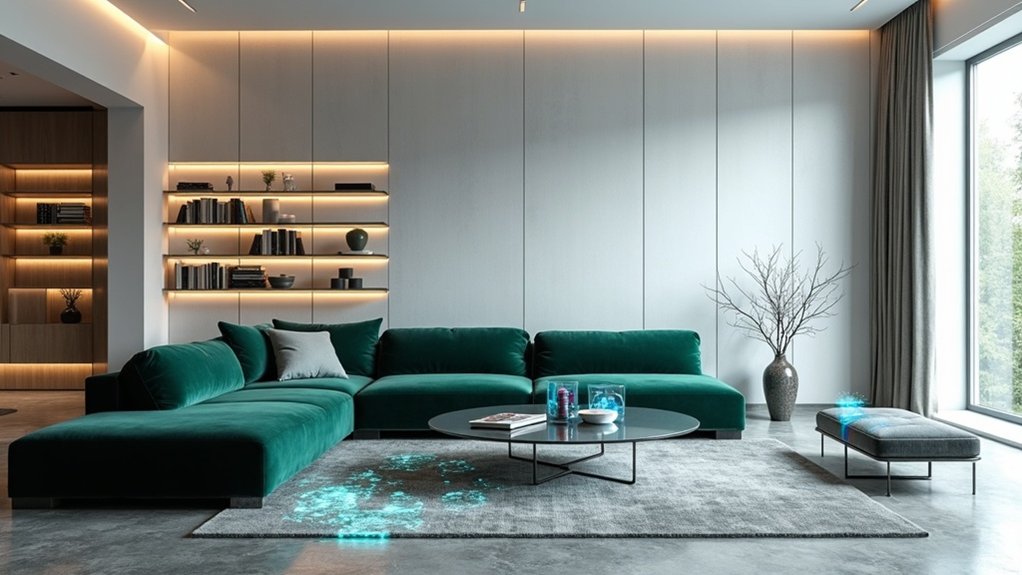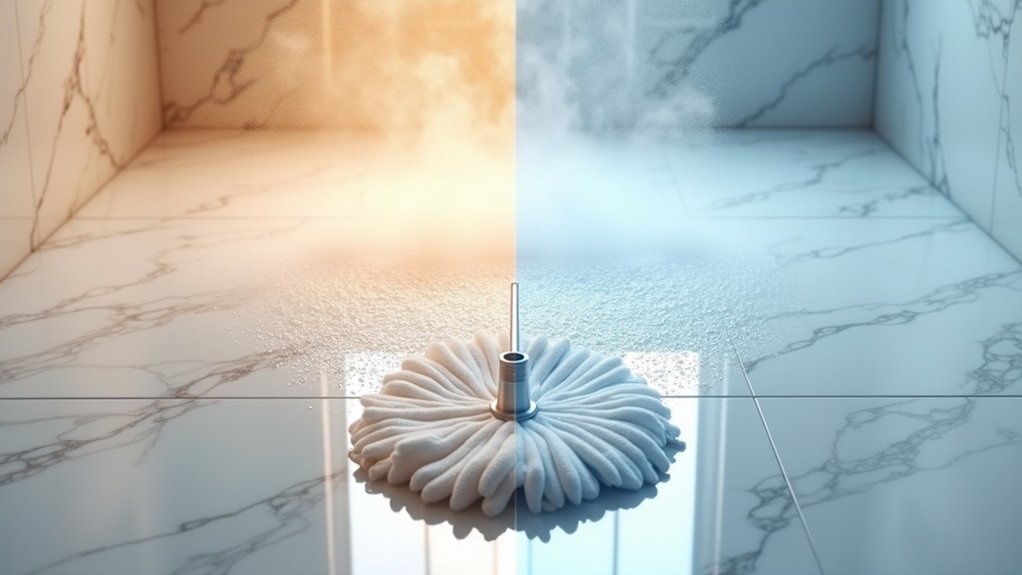Many individuals emerging from divorce find themselves seeking to rewrite not just their personal narrative, but likewise the visual story told by their living spaces. The process of redefining a home after separation has evolved into a therapeutic journey, where intentional design choices serve as powerful tools for emotional healing and personal rediscovery.
Interior designers increasingly recognize the psychological impact of post-divorce decor transformations, recommending a methodical approach that begins with decluttering spaces of emotionally charged items. "Starting with a single room prevents overwhelm while creating immediate impact," notes design psychologist Claire Matthews. "Even simple changes like rearranging furniture or introducing new textiles can spark significant emotional shifts." Studies show that 60% of individuals face this transformative journey at some point in their lives.
The contemporary approach to divorce decor emphasizes thoughtful, timeless choices over temporary fixes. Natural materials like marble and travertine are gaining prominence, offering both sophistication and symbolic stability. Earth tones and warm hues dominate color palettes, creating environments that feel simultaneously grounding and forward-looking. The inclusion of indoor swings has become a popular choice for adding elements of joy and playfulness to newly redesigned spaces.
These choices reflect a broader trend toward interiors that support emotional wellbeing while maintaining aesthetic appeal.
Budget-conscious transformations remain accessible through strategic choices. DIY projects, such as refurbishing existing furniture or creating accent walls, provide both creative outlet and financial practicality. The incorporation of pre-owned pieces not only addresses budget constraints but aligns with sustainable living practices, adding an extra layer of meaning to the redesign process.
The impact of thoughtful space reorganization extends beyond aesthetic improvement. Transforming room functions, such as converting a former shared bedroom into a personal sanctuary or home office, helps establish new routines and reinforces independence.
Design experts recommend incorporating elements that reflect individual identity, whether through carefully chosen artwork, meaningful objects, or personally significant color schemes. This approach creates spaces that not only look renewed but actively support emotional healing and personal growth, marking the transition from past to future with both style and substance.

